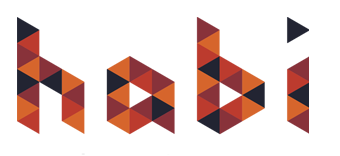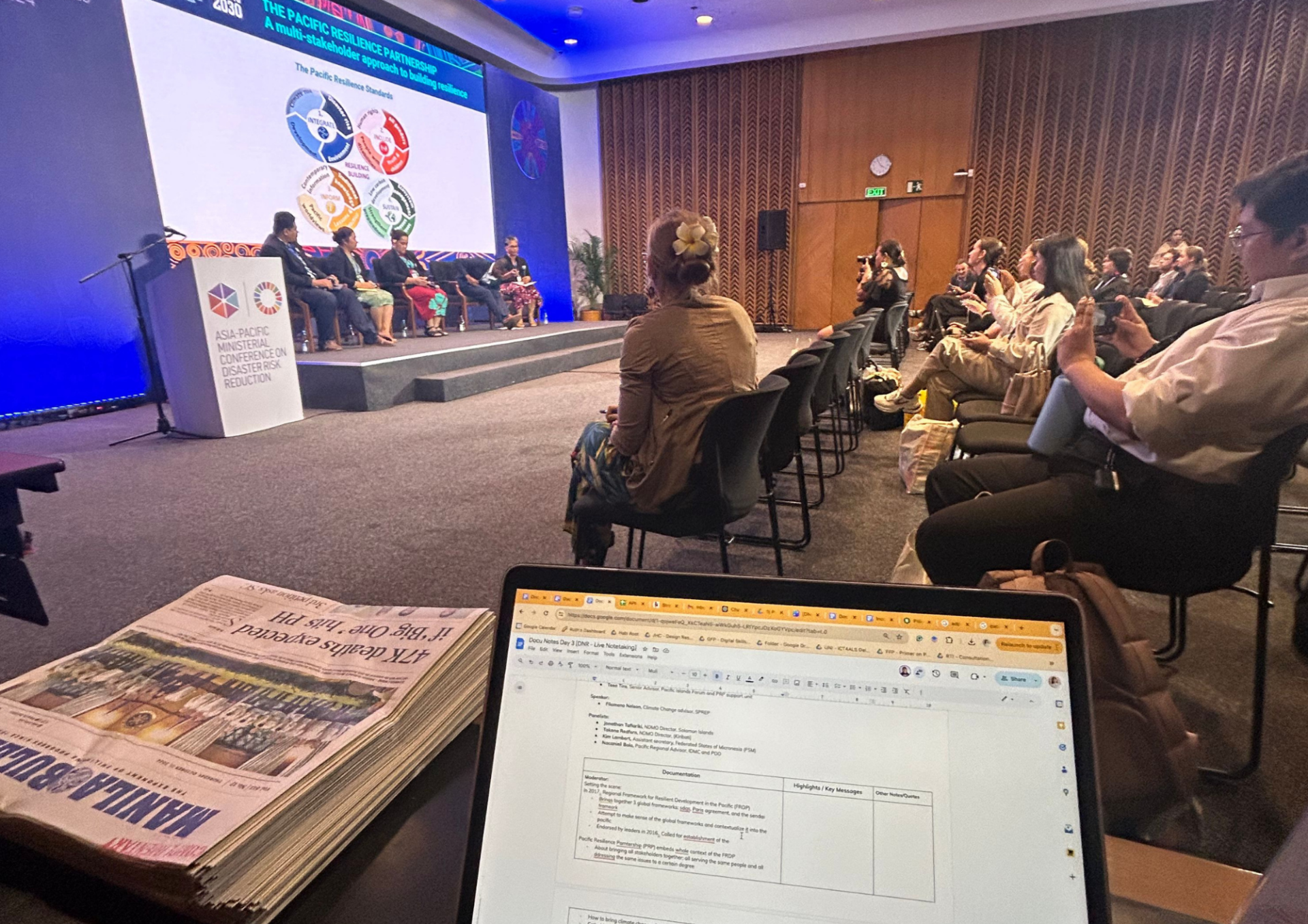Makatao/Human
By including reflection points and thought-provoking questions in some parts of the visual notes, we aimed to invite them into deeper thinking and engage them to spark conversations with others. This element was meant to encourage the readers to connect with the material on a more personal level, fostering a sense of involvement and making the learning experience more relevant to their work, studies, and personal lives.
Other than that, we also provided digital access, allowing them to explore the notes at their own pace and convenience. This kind of flexibility enables them to engage with the content in a more personal and meaningful way. This was also meant for them to bring the ideas back to their own countries.
Nagsusulong/Inspiring
True to the nature of visual notes, we wanted our output to be more than just informative – they needed to provide a delightful experience to the readers as well. As we were creating the visual notes, we prototyped and played a lot with dynamic layouts, colors, and visuals to keep the content lively while maintaining its credibility.
To further spark engagement, we wove in inspiring quotes, real-life impact stories, and calls-to-action from the panelists themselves. These elements didn’t just highlight key takeaways but also encouraged reflection and action.
Afterall, it’s more than just notes. It’s about creating an experience that connects, educates, and motivates people to make a real difference in disaster risk reduction and resilience.


